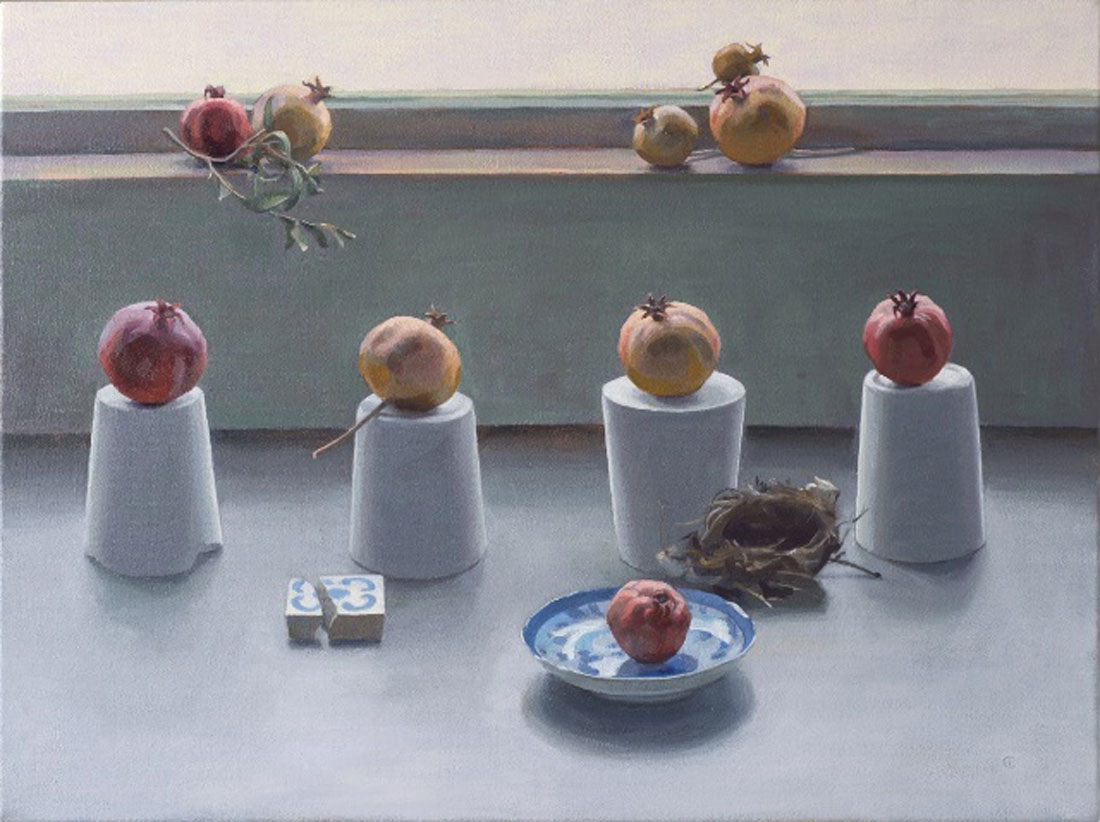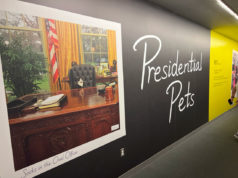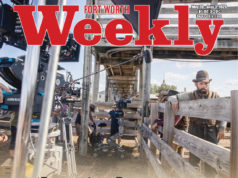Fort Worth painter Carol Ivey knows exactly when she fell in love with natural light. In the early 1980s, she was awarded an arts fellowship to work for 11 weeks on a small island called Ossabaw off the coast of Georgia. There was no electric service on the tree-lined strip of land. Artists painted, drew, and created installations by daylight and moonlight and used kerosene lamps to get around at night. Ivey, who received her BFA in painting at the University of Texas at Austin in 1971, discovered all kinds of perceptual subtleties dictated by weather, time of day, and location on the island.
“It really tuned me in to the rhythms of natural light,” she said. “I had to adapt to whatever light was available, and after a while, I started to prefer painting that way.”
Even more than most art shows, light is the main protagonist of In a Good Light, Ivey’s new exhibit of oils on canvas and pencil drawings that opens Friday at Artspace 111. The works are informed by one specific light source: the luminosity that pours through the north-facing window of her Eastside studio every day. Artists famously prize northern light for its coolness and clarity, and Ivey is fascinated by the otherworldly glow it lends to objects such as birds’ nests, fruit, tree branches, and broken vases. Ivey’s still lifes and abstract images have been shown across the state (she’s twice been a finalist for the Hunting Art Prize, Texas artists’ largest prize), and the works in In a Good Light combine elements of both naturalism and abstraction. For instance, she can paint a bright reflection of window light on a dish’s surface with photorealist precision and accuracy. But a pomegranate sitting in that same dish is rendered as a graphically abstract oval of color pools. That expressive combination –– a signature of Ivey’s work –– is a form of abstract realism. The friction of those two elements gives many of her pictures a slightly off-kilter, even surrealistic twist.
Ivey admits that surrealism has intrigued her for the last few years, and she’d very much like “to inhabit another place” the way surrealist painters like Magritte and Miro do in their works. But for her, that fabled northern light streaming into her workplace provides just enough of an aesthetic kink to give the subjects she’s painting an uncanny dimension of their own. She places the found objects in front of or to the side of the studio window for backlighting and side-lighting effects.
“The light is bluish,” she said. “It creates a halo around the objects. The effect, I think, is very contemplative and very protective. It looks as though you’re painting in the shadows, which is why you have to make sure [the completed canvas] is lit right when you put it up in a gallery.”
Perhaps most impressively, Ivey has received steady academic and critical acclaim for working in a genre — still life — that’s often condemned to the wastebasket of “decorative art.”
Painting, she said, is “an artistic medium that, for me, carries human essence in a spectacular way.” Her compositions reflect a personal obsession with seeing the world as it really is. “As an artist, you pick a path or a line of inquiry,” she said, “and if that trail keeps leading to new questions that you want to answer, you stick with it.”
For more than four decades now, her quietly strange and evocative still lifes have found an appreciative audience. For that, she credits two things: her own stubbornness and a North Texas network of visual artists that’s given her consistent feedback and moral support. “Artists really will support each other if they think what you’re doing is interesting. I’ve gotten a lot of encouragement and kindness from my peers. That’s wonderful, because this is something I can’t imagine not doing.”
[box_info]
Carol Ivey: In a Good Light
Opening reception 5-8pm Fri. Free. Thru Feb 1 at Artspace 111, 111 Hampton St, FW. 817-692-3228.
[/box_info]











